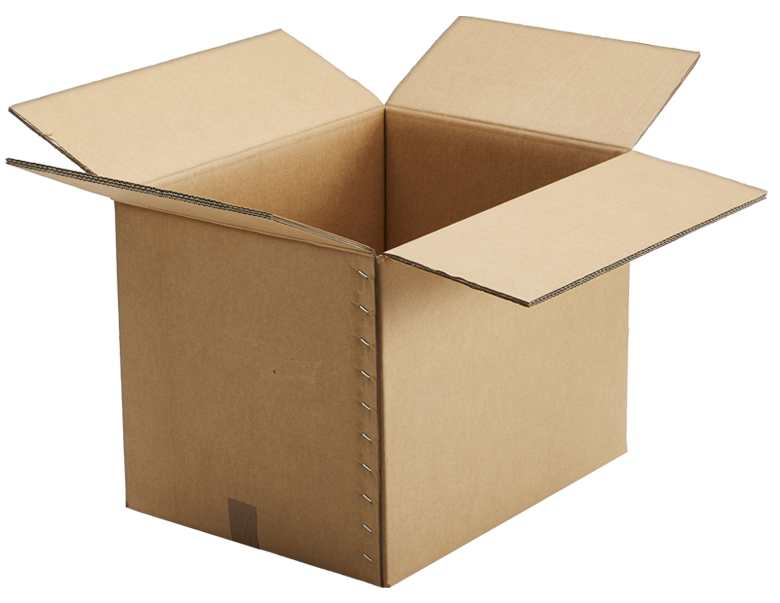
Unexpectedly
cardboard
A matter of genius
30.136.986
boxes every day across Italy
INNOVATION AND GENIUS
Overcoming the
toughest of all challenges
In the world of packaging, cardboard has overcome this challenge and reached the summit.
Today, it is the most widely used packaging material of all, owing to its qualities, which include its great protection capacity, its light weight, its easy branding and easy storage. And last but not least, its cost, which is highly competitive.
Number one in industrial packaging too
It has also overcome the challenge in industrial packaging.
A succession of ingenious innovations has led to the production of the triple wall corrugated cardboard, the benefits of which have propelled it to surpass wood, metal, plastic and all other materials.
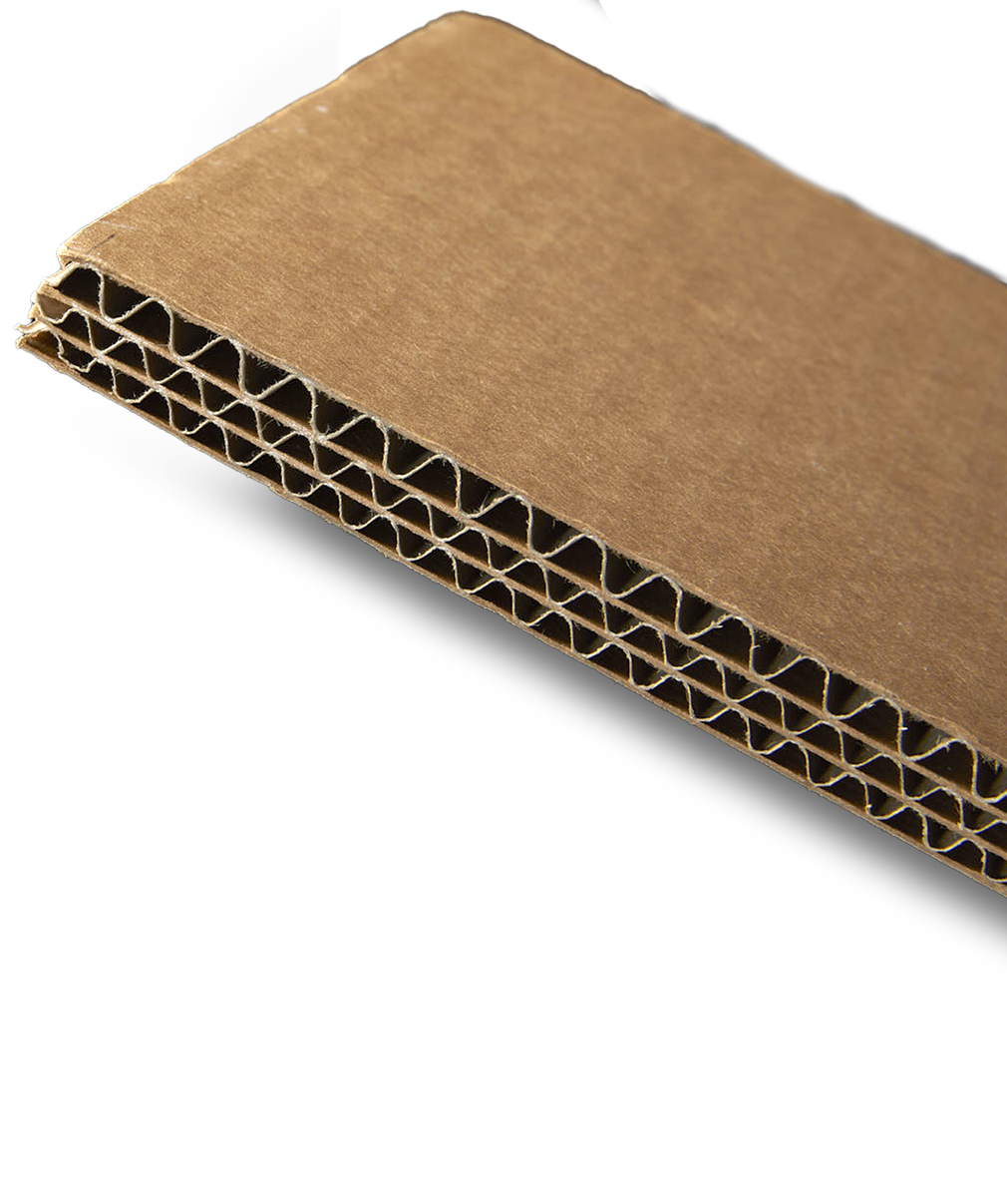
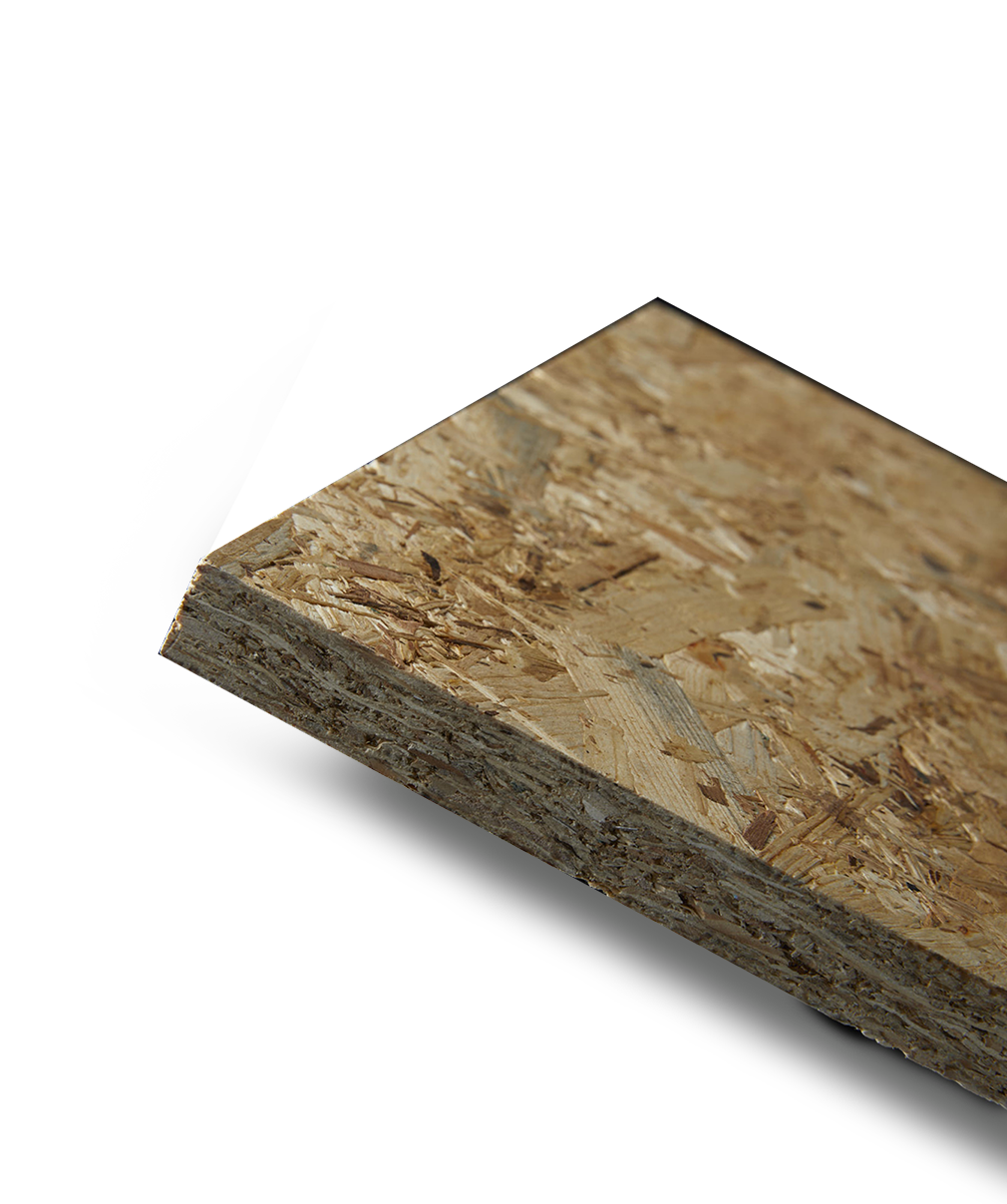
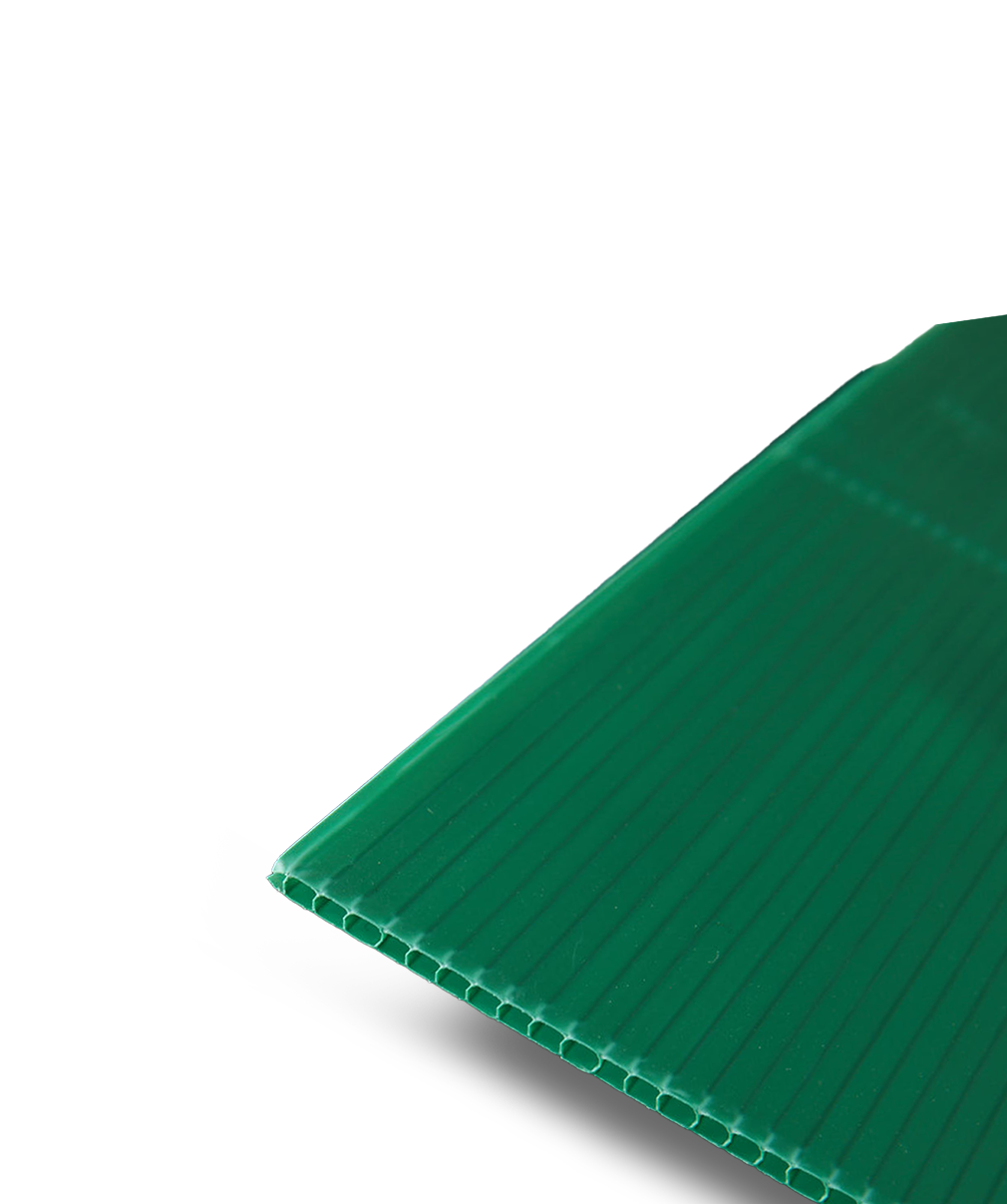
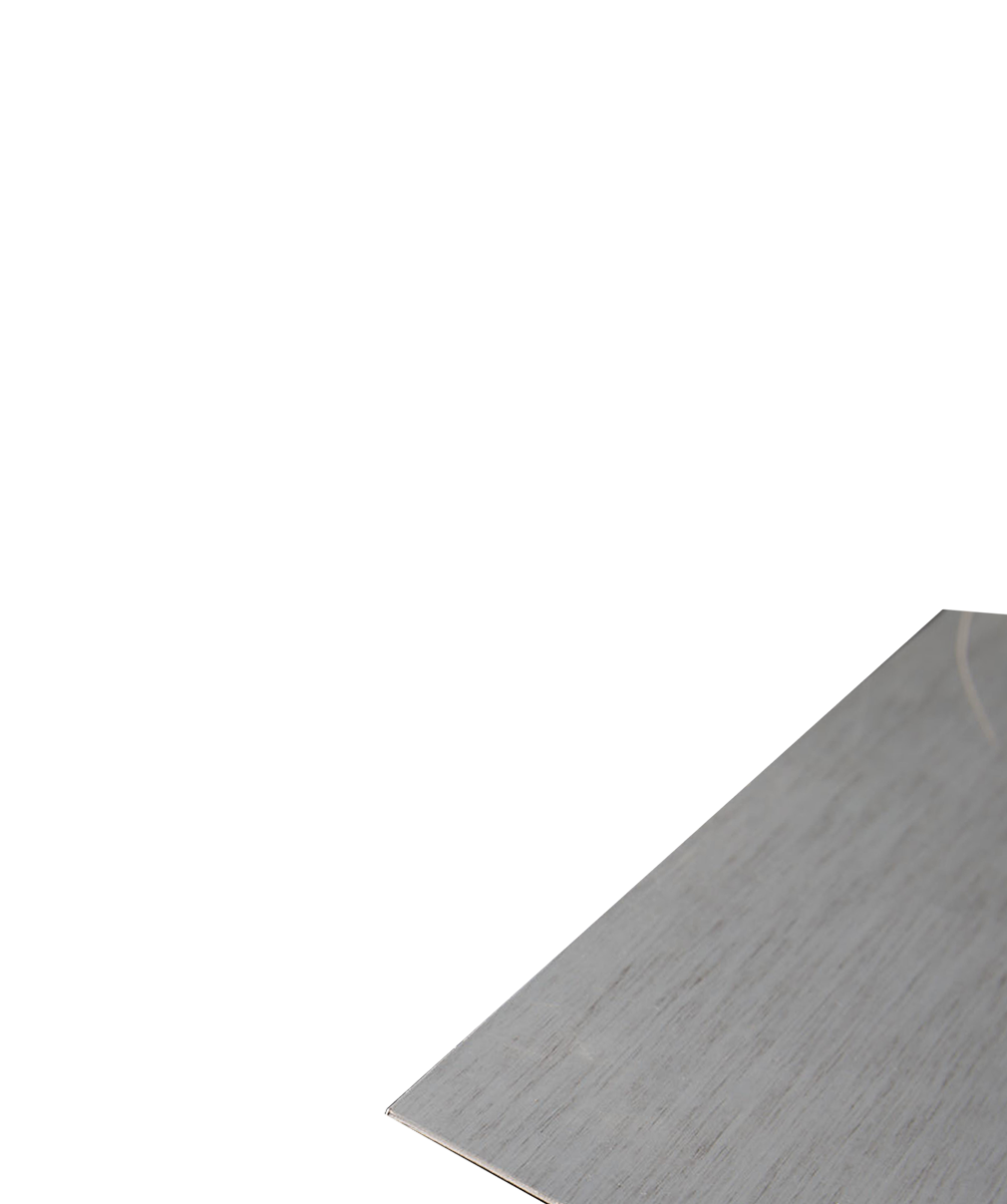
Paper resounds
It starts with paper, which was invented to wrap objects and protect them before being used to write on. This art-form was learned in the West around the year 1000 but it only spread on a large scale during the 15th Century, after the introduction of printing. Parchment, made with sheep’s skins, was no longer enough.
boxes
per day
Today, Italy produces 11 billion cardboard boxes per year,
i.e. 30,136,986 per day.
CORRUGATED CARDBOARD
Checkmate
in 4 moves
The story of corrugated cardboard is shorter than that of paper – in just 19 years, from 1856 to 1875, it went from the patent for corrugated paper to one for corrugated cardboard.
Corrugated paper patent,
Charls Healey – Eduarda Allen
Use of corrugated paper to protect glass bottles
Albert Jones
Addition of liner paper to corrugated paper
Oliver Long
Corrugated paper patent with the addition of the second layer
J.H. Thompson
The pivotal trio
After a long break, lasting some 80 years, the US Armed Forces got the idea of replacing the heavy and rigid wooden mule packsaddles, used in the Vietnam War, with lighter cardboard ones. However, to walk along the jungle trails and cross the Indochinese rivers, the cardboard had to be robust, waterproof, durable and flexible.
Columbus’s egg
Thus came the idea: to multiply everything by 3.
Columbus’s egg

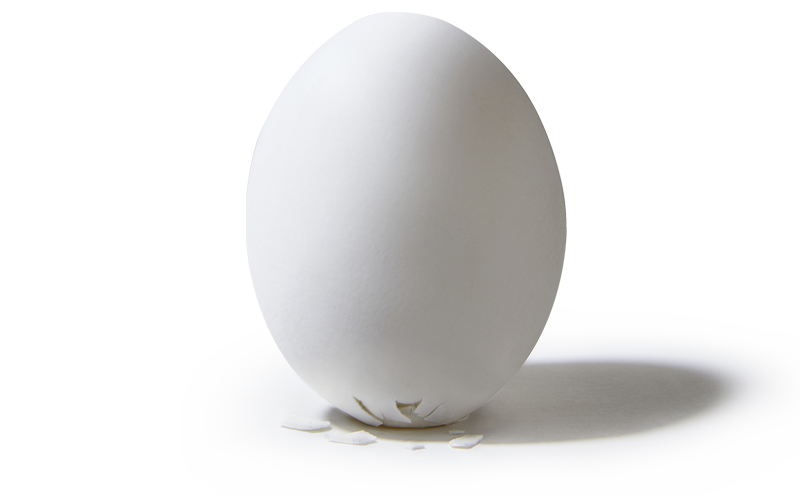
The champion was born!
Strong Export®
Two inner liner boards separate three corrugated layers of different heights sandwiched between two outer liner boards.
Exceptional triple wall corrugated cardboard for Industrial Packaging was born.
A winning idea that has given rise to a REVOLUTIONARY product
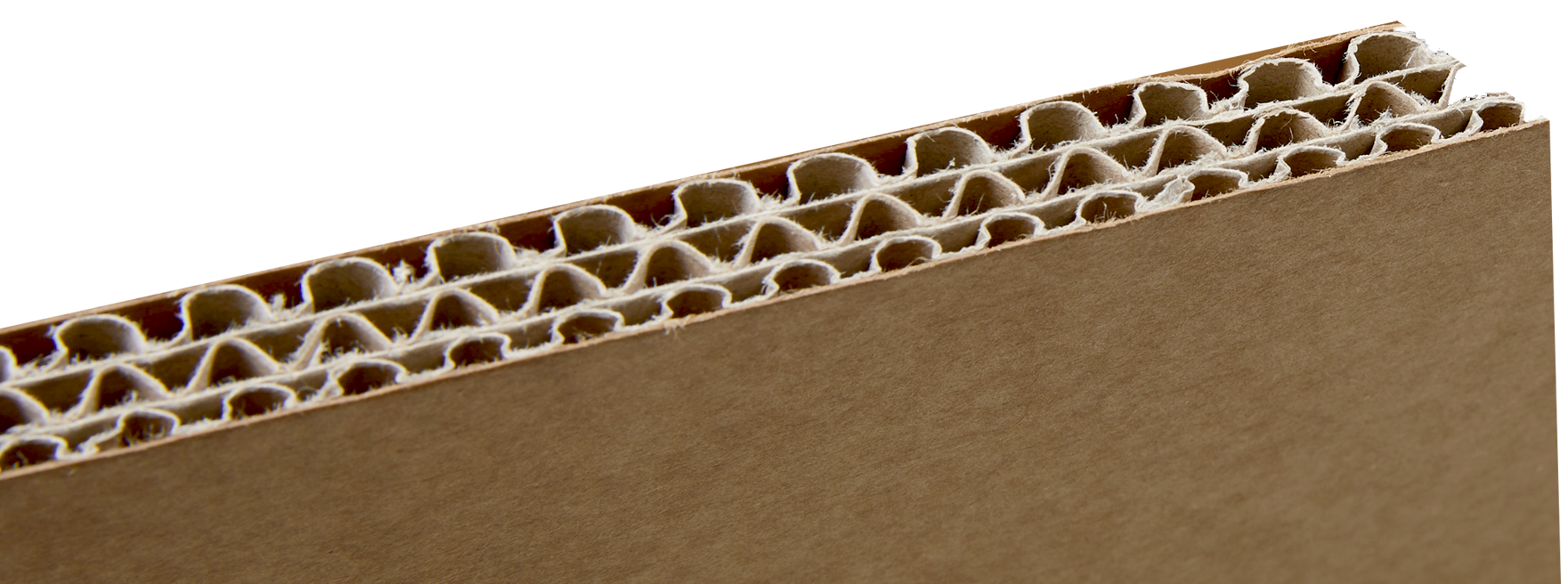
The Packaging revolution
The Packaging revolution
The unhindered ascension to power
Paper along with a lot of ingenuity have created a simple product that has proven itself to be suitable for the most complex uses. Its qualities immediately emerged, gaining momentum on a difficult and lazy market for innovations such as packaging and bringing about the soft revolution of industrial packaging.
Three top qualities
Among the many qualities which have made triple wall corrugated cardboard a success, THREE (again the perfect number rule) stand out from the rest: strength, impermeability, lightness, and flexibility.
Strong
Hard-wearing strength is one of the fundamental qualities of good industrial packaging that truly has to protect the goods.
Triple wall corrugated cardboard supports unit loads ranging from 100 to 2000 kg.
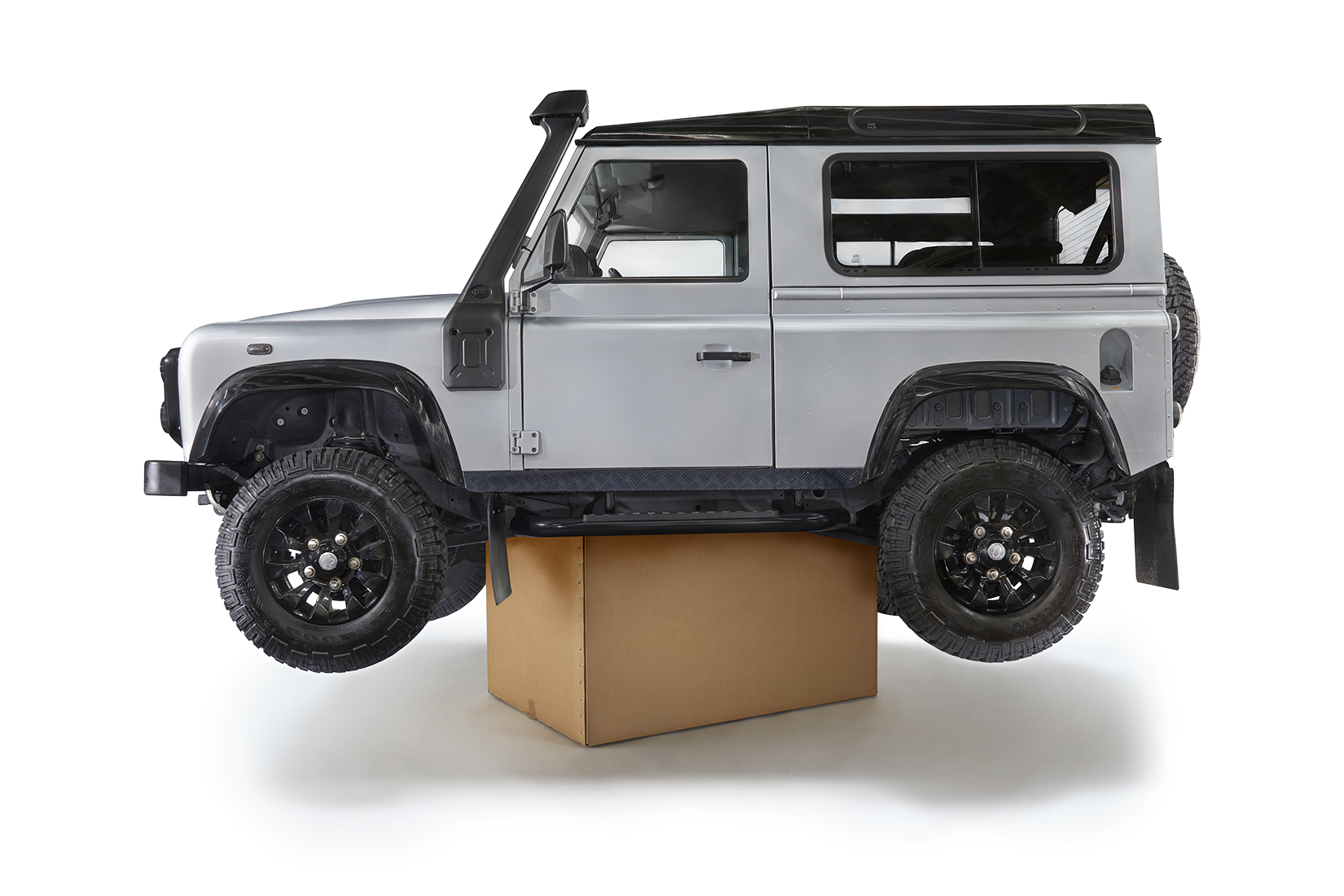
Car weight 1800 kg.
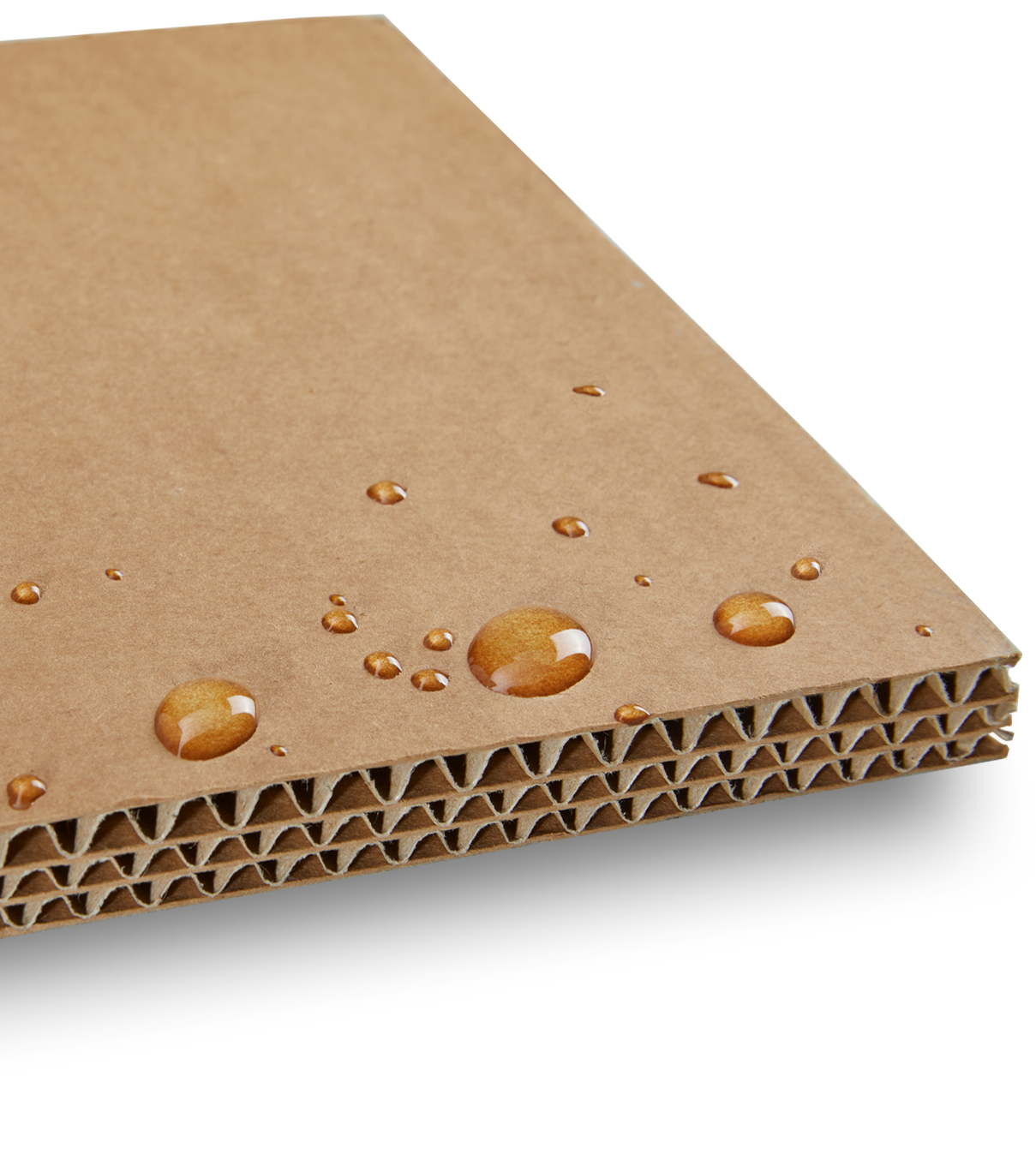
Kraftliner is the ideal paper for use in Industrial Packaging.
Waterproof
We are talking about Strong Export® packaging, a packaging that must guarantee its contents for long journeys. A high degree of impermeability is essential. So, to offer a winning product, the quality of the paper and glues with which the cardboard is made comes into play. This is where the guarantees delivered by the materials apply.
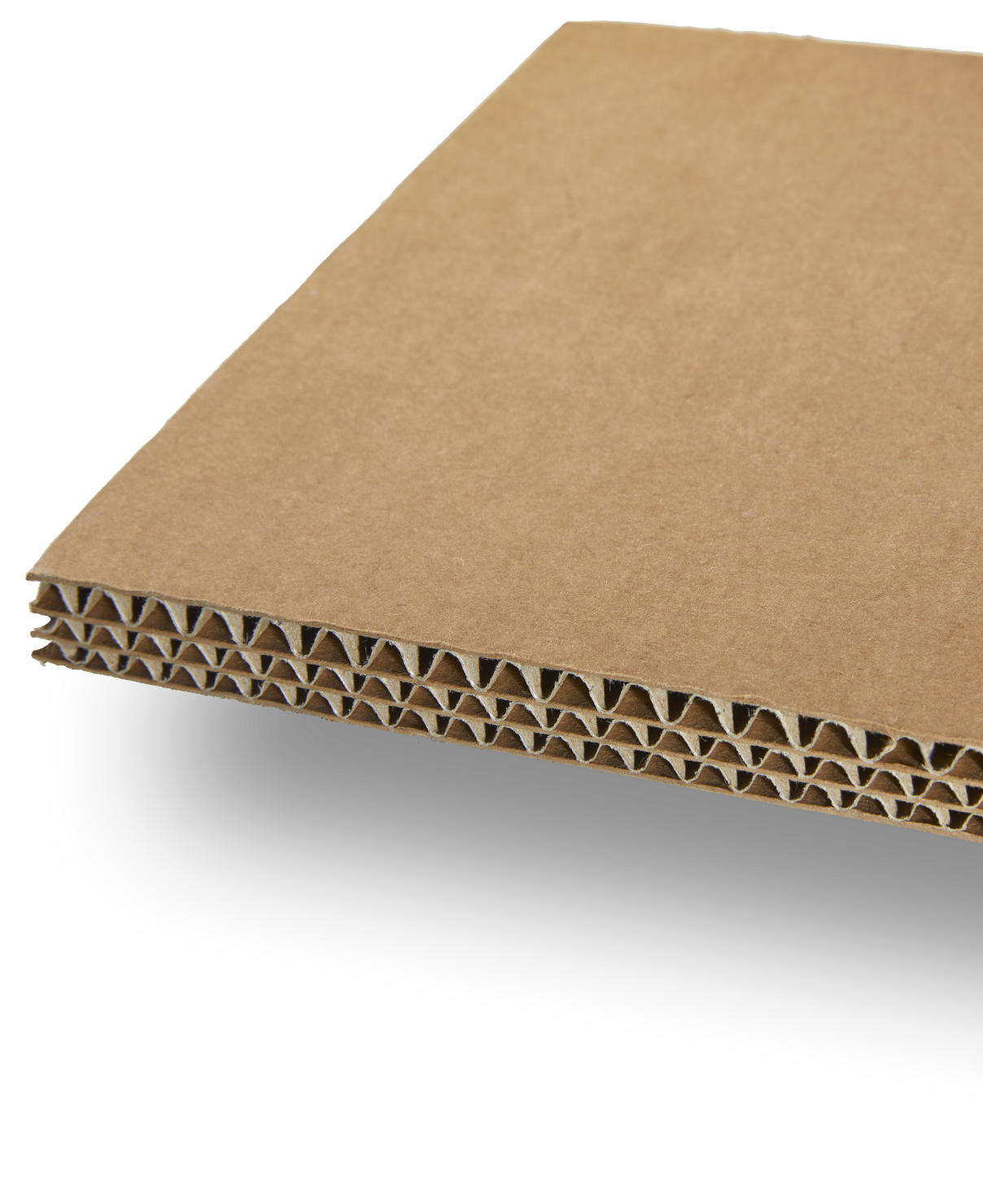
Industrial utility and integration
Lightweight and Flexible
Lightweight for a lighter footprint also means less waste because it’s not only useful and convenient, but also stylish. Flexibility also plays its part, in other words the ability to adapt to multiple shapes during design and to absorb shocks during transport.
THE OTHER STRENGTHS
A united effort
created a giant
There are many characteristics that have made cardboard the champion of modern packaging.
A good start
Industrial Packaging started off with triple wall corrugated cardboard immediately, producing to an American patent with the capacity of Italian excellence. Considering the excellence of the product, we had to inject the same creativity, innovation and quality into the organisation too.
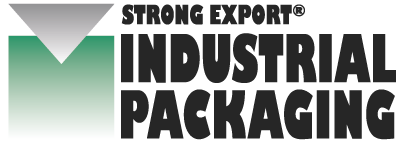
A WINNING CHOICE AND A BETTER ORGANIZATION
Number One
in Italy
Betting on the triple wall corrugated cardboard immediately was a natural and winning decision for Industrial Packaging.
There’s a little secret, or two, here as well.
The first is the realisation that to work with an absolutely excellent product, an equally excellent organisation was required.
The second was to offer customers an organisation capable of having an industrial vision and of working with quality on demand.
Professionalism and technology
Bespoke packaging
Prototyping
Design
The third secret:
quality above all
For Industrial Packaging, quality has always been an obsession, a relentless pursuit of perfection.
The third secret:
quality above all
To achieve it, every component and phase must have the connotations of excellence. Everything: materials, design, production, service and the environment must be of the highest quality.
Quality of making, quality of choosing, quality of serving.
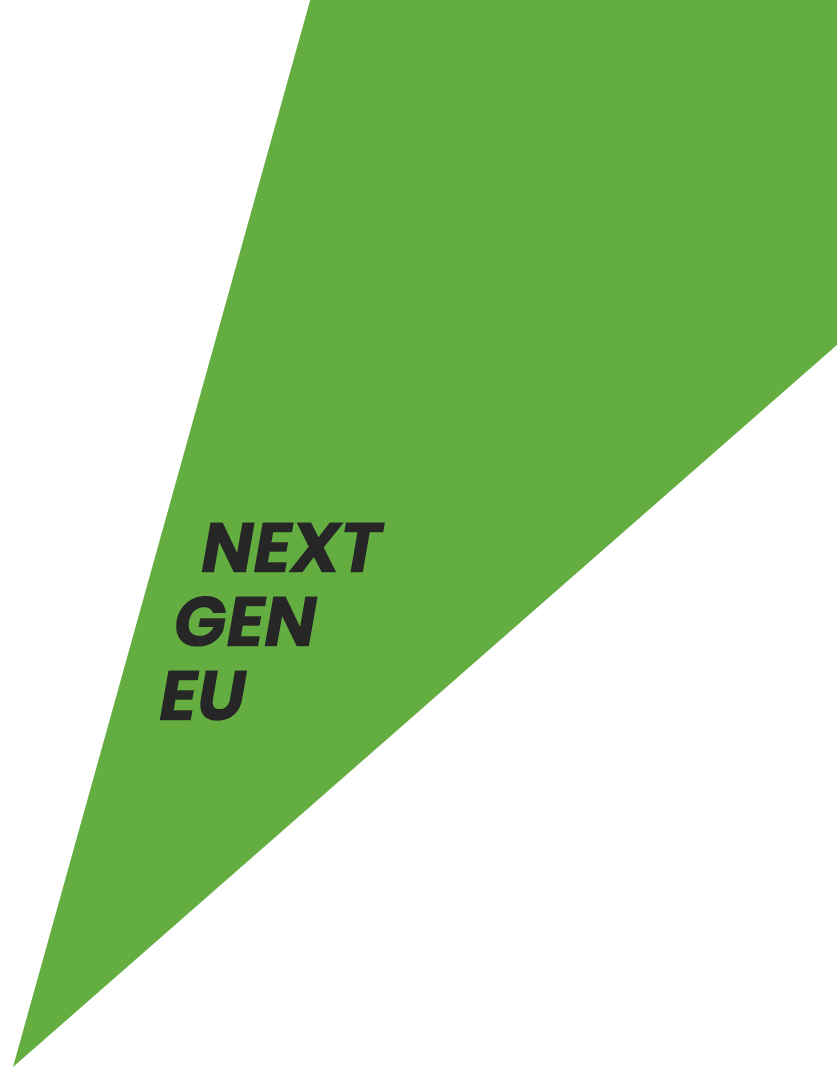

BEING GREEN
Protects the goods,
protects the environment
Eco-consciousness isn’t just about appearances; cardboard is the real deal! “Sustainable” also means tomorrow. For those who come after us.
Sustainable is “…a development that meets the needs of the present without compromising the ability of future generations to satisfy their own.”
ARE WE MAKING OURSELVES CLEAR?
They look up to us so let's do ourselves credit!
Loving our children means being sustainable in its three dimensions: economic, social and environmental. Industrial Packaging is sustainable! Cardboard is environmentally-friendly.
DATA CONQUERS DOUBT: THE POWER OF NUMBERS TO SILENCE SCEPTICS
Is cardboard Green?
That’s the right question and the answer is short and sweet: YES! Cardboard is environmentally friendly. Cellulose packaging is, in fact, a perfect example of circular economy.
Recyclable
Biodegradable
Using recycled material
Sustainable forest management
Strong Export®
Global Markets
Industrial packaging is a life on the road, or rather on the routes. It is reminiscent of Phileas Fogg’s feat of travelling around the World in 80 days.
Boundless steppes and plains, oceans, forests, skies and mountains. By ship, train, road and plane, on pallets or in containers.
An adventurous life for which you need to be well organised.

Logistics,
the crucial link
Just in time
Logistics: what gets things done
Industrial Packaging is a key component of logistics but logistics is not packaging and packaging is not logistics.
Neither is the warehouse, nor the lorry nor the road, nor the sea and the ship, nor everything that revolve around it. Logistics is all you need to make things happen efficiently.
Industrial Packaging understands this and provides the customer with a logistics service that is, first and foremost, logistics EXPERTISE, the practical consequences just follow.
Different orders, different answers
Spot orders do not require any logistical arrangements; the principal is responsible for everything.
It’s quite a different story for the other orders, both scheduled and open, according to the classification (different profiles) of Industrial Packaging.That’s when logistics definitely matter. Industrial Packaging offers its vision of “predictive logistics” with the construction of forecasting models that deploy authentic just in time logistics.
Result
Real-time deliveries and minimum warehousing, significant organisational and economic benefits for the business, as well as significant environmental benefits.
